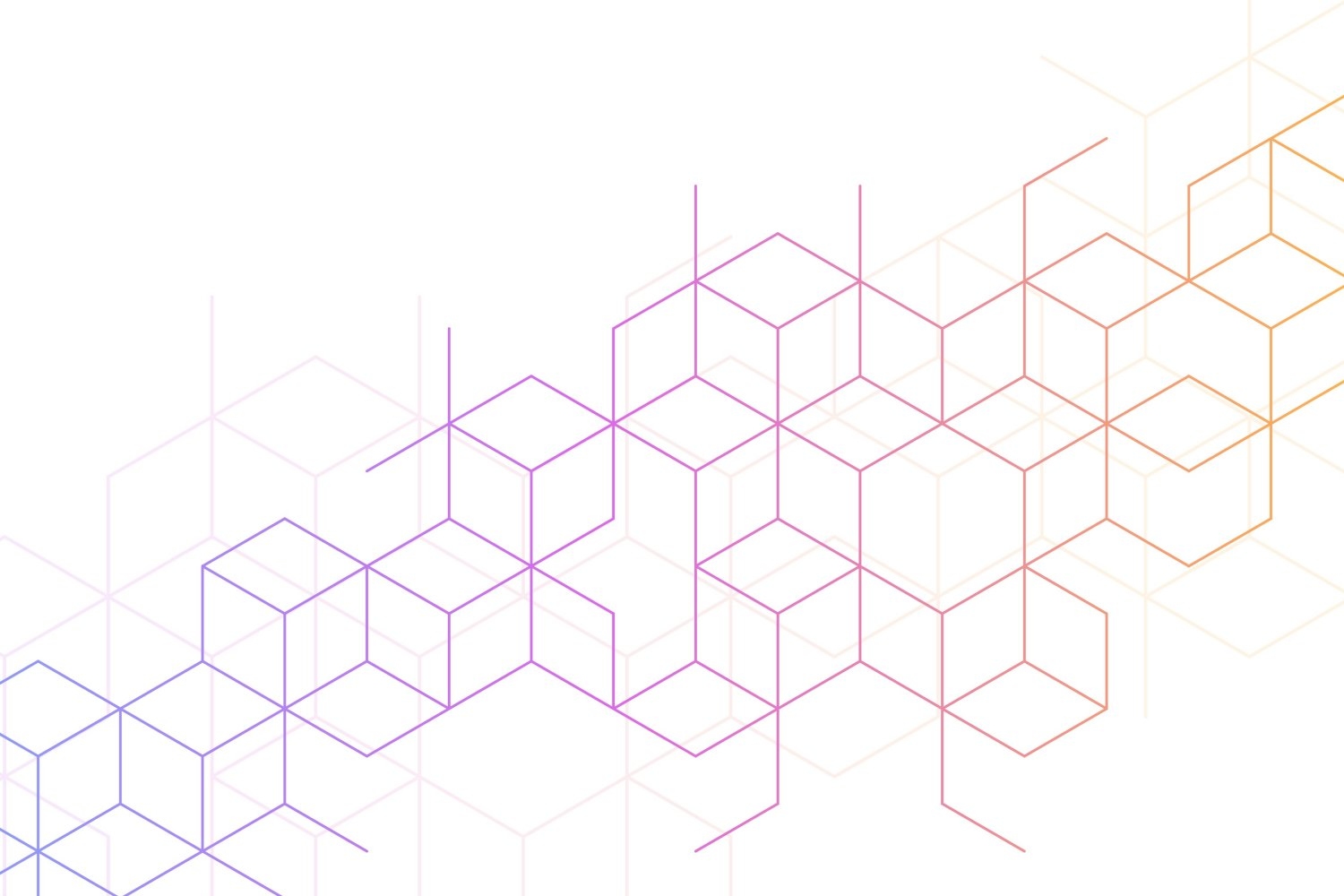Google DeepMind is raising the bar for AI security with its most robust model family yet—Gemini 2.5.
Tackling a New Cybersecurity Frontier: Indirect Prompt Injection
As AI agents become more integrated into daily workflows—handling emails, browsing calendars, and summarizing documents—new security challenges emerge. One such threat is indirect prompt injection, a tactic where malicious commands are hidden within user data to manipulate AI behavior.
To address this, Google DeepMind has released a white paper titled “Lessons from Defending Gemini Against Indirect Prompt Injections”. The report highlights the strategies used to make Gemini 2.5 resilient against these sophisticated attacks.
Red Teaming: Simulating Real-World Attacks on Gemini
To stay ahead of attackers, DeepMind employs automated red teaming (ART)—a continuous, internal process where Gemini is challenged with realistic attack scenarios. These simulations uncover vulnerabilities before they can be exploited in the wild.
By testing various defense mechanisms, including community-recommended and proprietary strategies, Gemini 2.5 achieved a notable improvement in its ability to detect and neutralize indirect prompt injections during tool-use scenarios.
Adapting to Smarter Threats: Why Static Defenses Aren’t Enough
Initial defense methods like spotlighting and self-reflection worked well against basic attacks. However, they were significantly less effective against adaptive attacks—dynamic threats that evolve in response to defenses.
This underscores the need for continuous testing against adaptive attack vectors. A false sense of security can emerge when models are only tested against static threats, making adaptive evaluation essential for real-world readiness.
Model Hardening: Building Resilience from the Inside Out
Beyond external defenses, DeepMind focused on enhancing Gemini’s internal resilience via a process called model hardening. This involved fine-tuning the model using datasets filled with realistic, malicious prompts to teach Gemini how to identify and ignore them.
This intrinsic training boosted Gemini’s ability to reject harmful instructions without degrading its performance on regular tasks—an essential balance in the pursuit of secure yet capable AI.
A Multi-Layered Security Architecture
Securing AI models like Gemini requires a defense-in-depth strategy. This includes:
- Model hardening
- Input and output classifiers
- System-wide safety guardrails
These layers work in tandem to fortify Gemini against indirect prompt injections and similar threats, aligning with DeepMind’s broader mission to build AI that is helpful, safe, and ethical.
For a deeper dive into the architecture and enhancements of Gemini 2.5, check out our related article: How Google Fortified Gemini 2.5 Against AI Security Threats.
The Road Ahead: Continuous Evolution for AI Safety
No AI system is completely invulnerable. However, by investing in adaptive evaluations, continuous red-teaming, and internal model resilience, DeepMind is making it significantly more difficult and expensive for malicious actors to compromise AI agents like Gemini.
This holistic approach ensures that as AI becomes more capable, it also becomes more trustworthy—paving the way for secure and responsible AI deployment in real-world applications.







